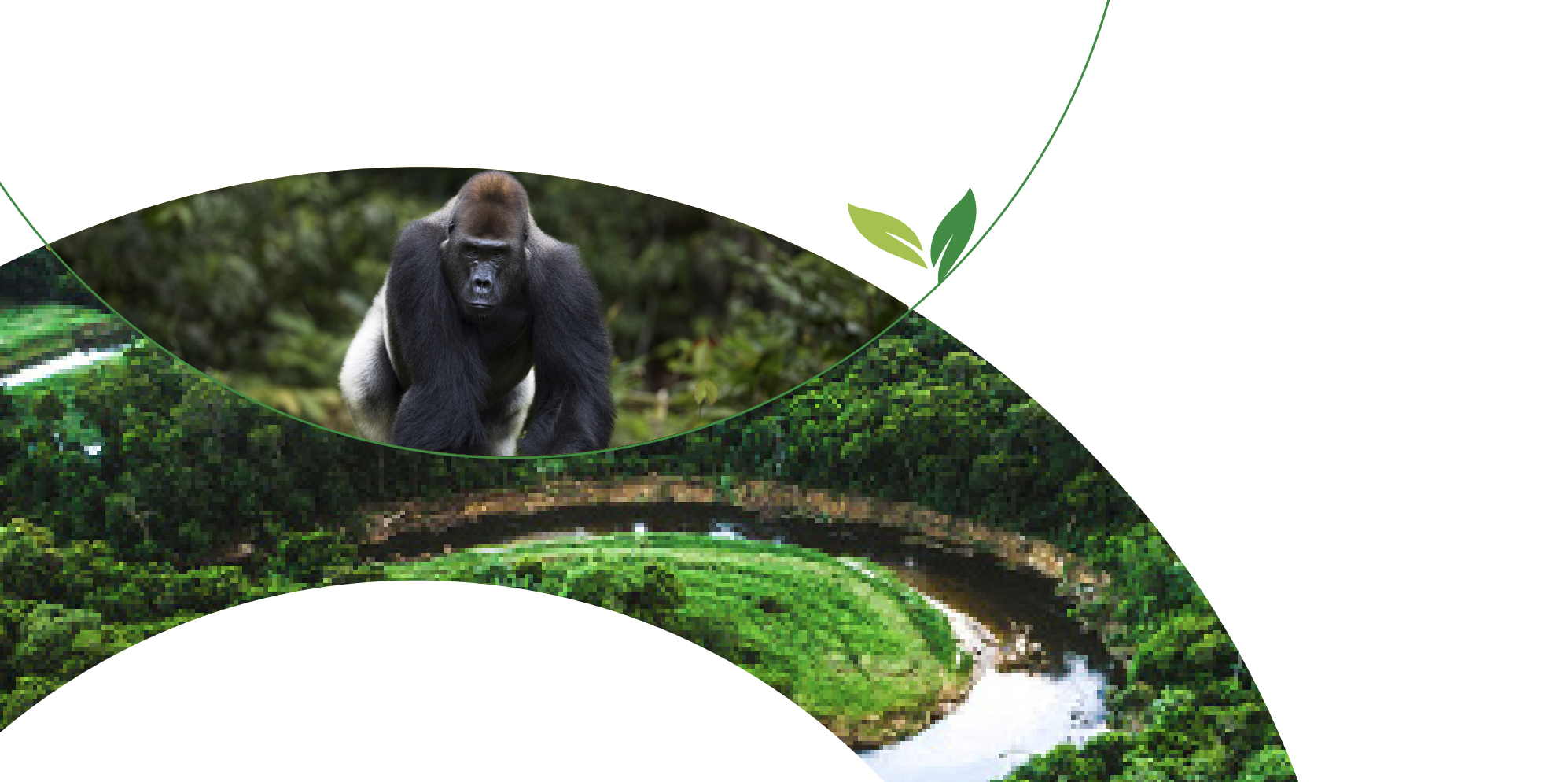Ecosystem service values (ESVs) are crucial to ecological conservation and restoration, urban and rural planning, and sustainable development of land. Therefore, it is important to study ESVs and their driving factors in the Dongting Lake Eco-Economic Zone (Dongting Lake). This paper quantifies the changes in ESVs in Dongting Lake using land-use data from 2000, 2005, 2010, and 2018. The eXtreme Gradient Boosting (XGBoost) model is used to study the effects of individual driving factors and the synergistic effects of these driving factors on ESVs. Our analysis suggests that: (1) From 2000 to 2018, the largest dynamic degree values in the Dongting Lake are in unused land types, followed by construction lands and wetlands. The ESVs of the Dongting Lake show an increasing trend, with those of forestlands being the highest, accounting for approximately 44.65% of the total value. Among the ESVs functions, water containment, waste treatment, soil formation and protection, biodiversity conservation, and climate regulation contribute the most to ESVs, with a combined contribution of 76.64% to 76.99%; (2) The integrated intensity of anthropogenic disturbance shows a U-shaped spatial distribution, decreasing from U1 to U3. The driving factors in descending order of importance are the human impact index, total primary productivity (GPP), slope, elevation, population, temperature, gross domestic product, precipitation, and PM2.5; (3) When the GPP is low (GPP < 900), the SHAP (SHapley Additive exPlanation) value of the high human impact index is greater than zero, indicating that an increase in GPP increases the ESVs in the Dongting Lake. This study can provide technical support and a theoretical basis for ecological environmental protection and ecosystem management in Dongting Lake.
Ecosystem service values in the Dongting lake Eco-Economic Zone and the synergistic impact of Its driving factors
Year: 2022
































































































































































































































































































































































































































































































































































































































































































































































































































































































































































































































